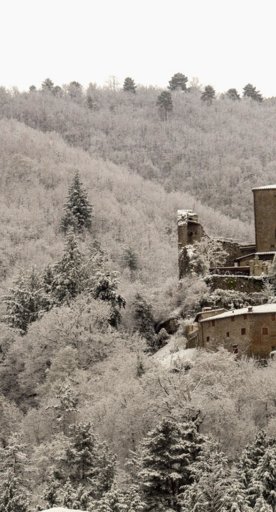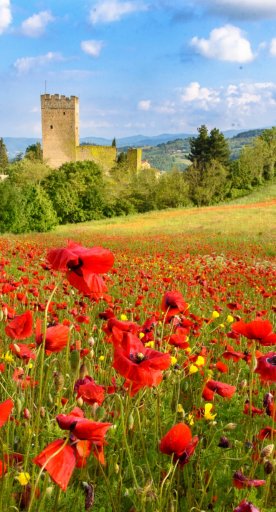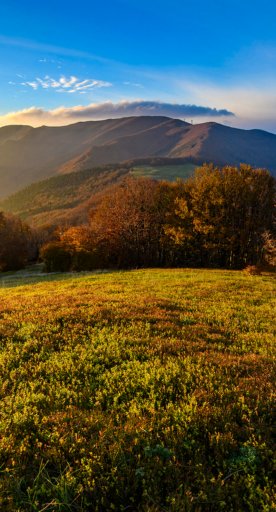Casentino remains one of the most fascinating landscapes in Tuscany, not only for its nature, but also because in the past, it was a place that was heavily crossed, where bands of wayfarers travelled through on foot and where some of the most important families decided to settle down – still today, it’s wonderful to look for these traces in the stunning villages that, like Montemignaio, dot these wooded valleys.
Castel San Niccolò, for example, is a widespread village, known for hosting the Biennale of Stonework, an occasion in which it's possible to admire artists and stonemasons. Interestingly, fir trees are highly cultivated throughout this area, destined for a future as Christmas trees.
In nearby Poppi, you'll find the Castle of the Guidi Counts, where Dante Alighieri is said to have composed the 33rd canto of the Inferno of the “Divine Comedy”.




















